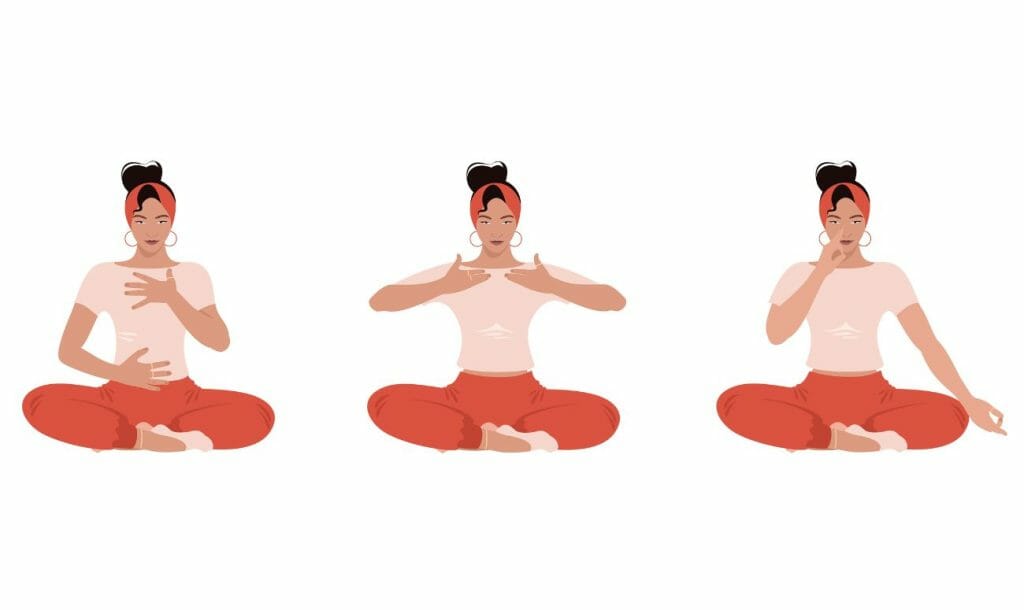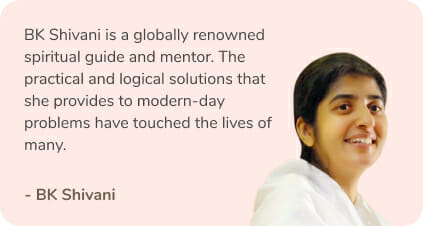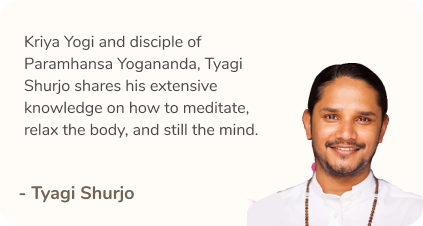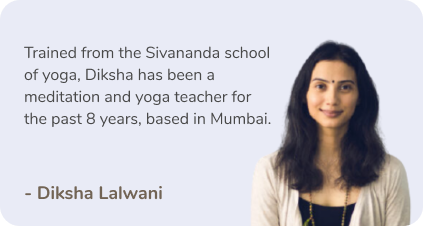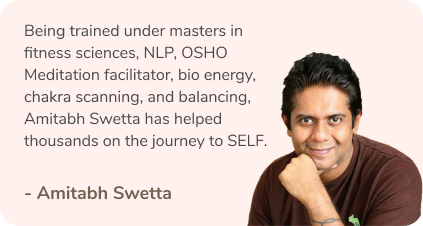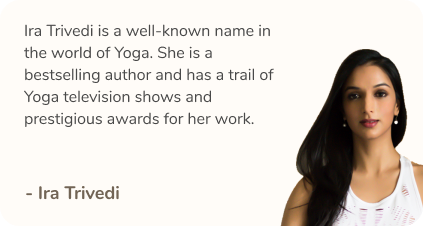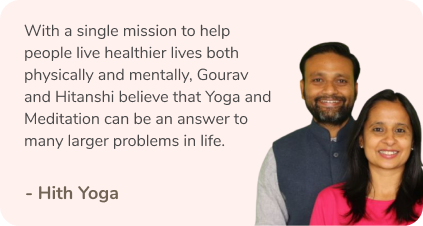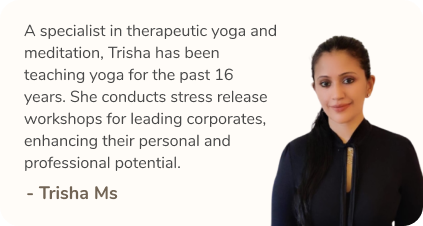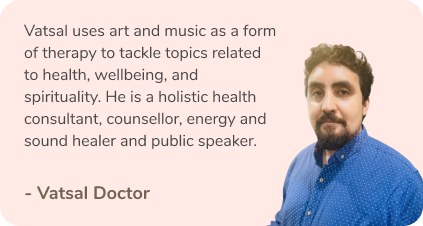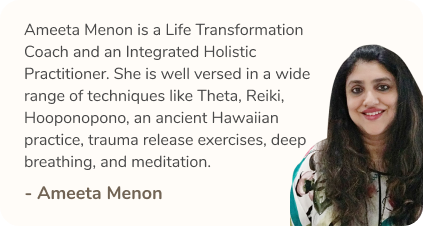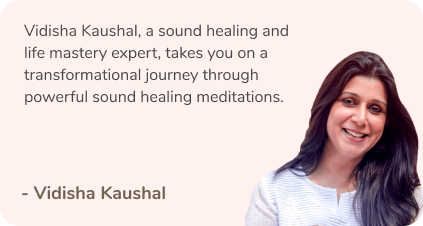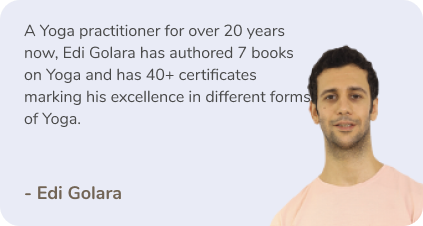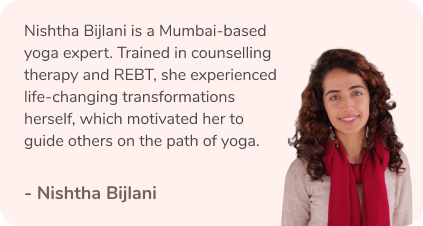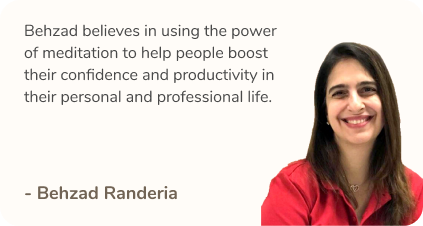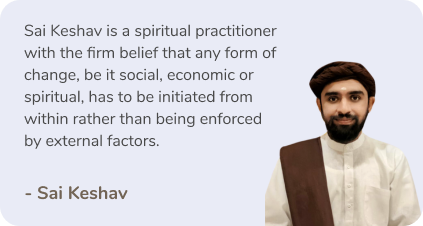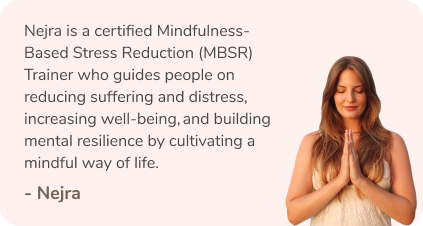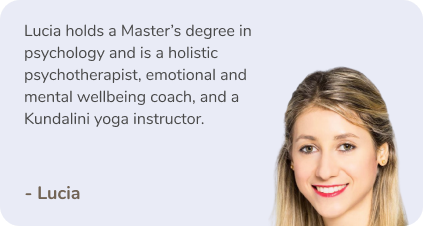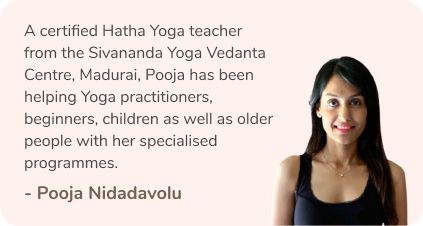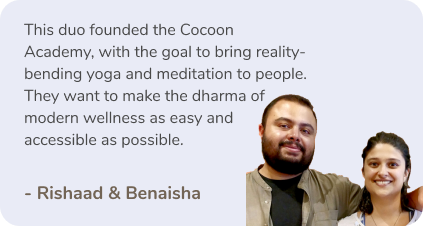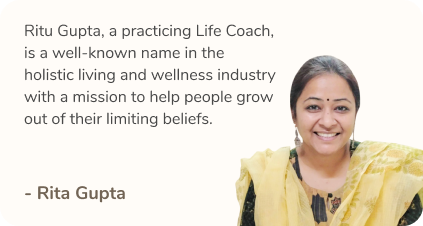“Take a deep breath” might be a clichéd advice, but it is one of the easiest and most effective ways to relieve stress, and has been around for centuries. Most of us rarely think about breathing. But learning to pay attention to our breath can improve how we feel and how we behave. There are several mindful breathing techniques that can help ground us.
How Our Breaths Change During Stress And Anxiety?
We typically over breathe when rushing up the stairs to answer a call, running to catch a bus, or getting startled by a loud noise. When we feel anxious, our body is in anticipation of urgent action. In need for extra oxygen, we start taking in more air. If we are not being active (perhaps standing, waiting anxiously for an interview), we take in more air than we need and exhale more carbon dioxide than we produce. With practice, we can purposefully regulate or slow down our breath anytime and anywhere until we feel less frazzled and more confident.
Here Are 4 Breathing Techniques You Can Use For Stress Relief
Controlled breathing exercises can help keep your mind and body in shape by helping to lower blood pressure, instill feelings of calmness and relieve stress. Here are a few breathing techniques you can try to reduce stress.

1. Deep Breathing
Deep breathing also goes by the names of diaphragmatic breathing, abdominal breathing, belly breathing, and paced respiration. When we breathe deeply, the air coming in through our nose fully filling our lungs, and the lower belly rises.
For many of us, deep breathing seems unnatural but abdominal breathing technique can be really helpful before experiencing a particularly stressful event like taking an exam or giving a big presentation when our hearts are pounding. To practice deep breathing, start by placing one hand on your chest and the other on your belly. Take a deep breath in through your nose, allowing diaphragm (not your chest) to inflate with enough air to create a slight stretching sensation in your lungs. Slowly exhale.
Taking 6–10 deep, slow breaths per minute for 10 minutes each day using this breathing technique may help in reducing your heart rate and blood pressure.
2. Mindful Breathing
Practicing this breathing method can help with anxiety, stress, sleep issues, or high blood pressure. Mindful breathing requires us to concentrate fully on the breath, using this focused attention as a form of meditation. There are many different mindful breathing techniques. One simple one is to focus on the natural rhythm of breathing in and out, without trying to change it. Doing this may naturally slow down the breathing.
3. Alternate Breathing
Alternate nostril breathing, a common part of yoga practice helps refocus and reenergize and make you feel more awake and alert. This method also helps even out the breathing from both the nostrils and slow down the breath to reduce stress.
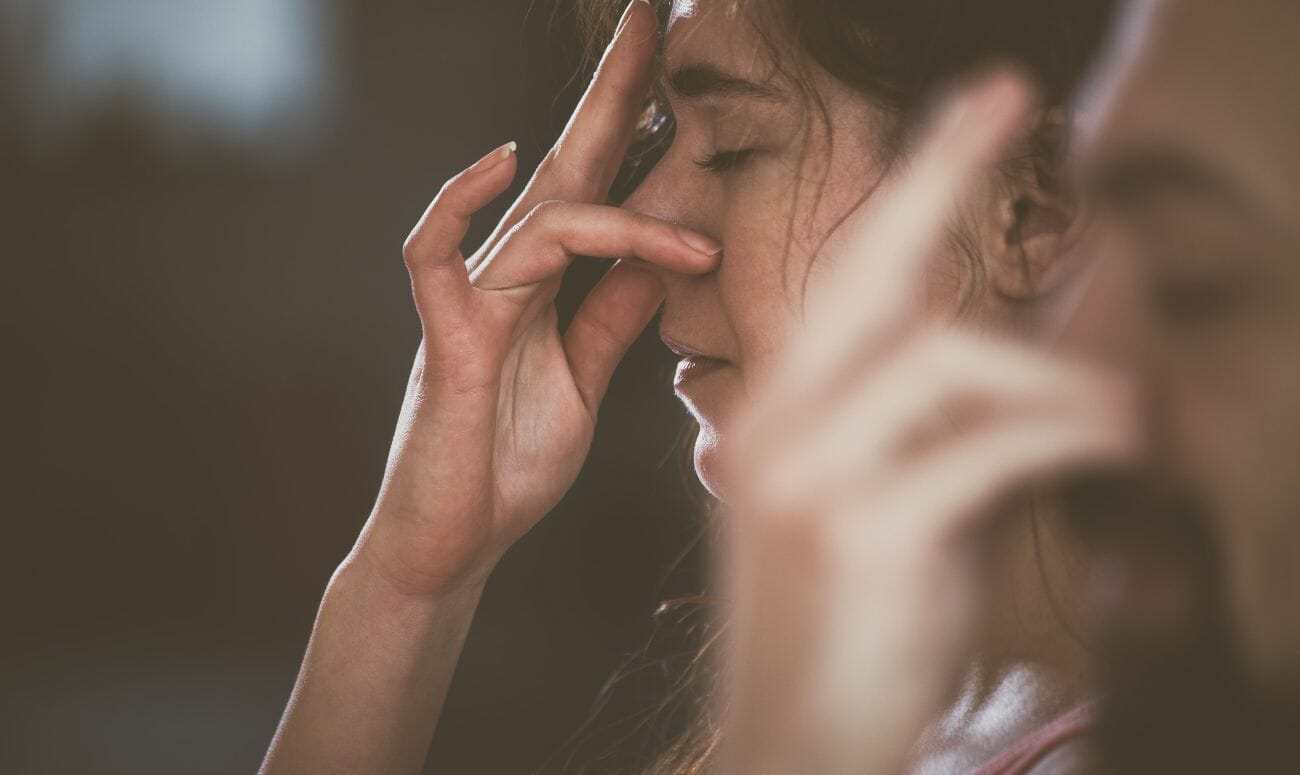
To practice this, begin by sitting in a comfortable meditative pose. Hold out your dominant hand and press the tips of your pointer and middle fingers into your palm, leaving your ring finger, little finger, and thumb extended. Bring your hand up in front of your face and press your thumb on the outside of one nostril. Inhale deeply through your open nostril. At the peak of your inhalation, release your thumb, press your ring finger on the outside of your other nostril, and exhale.
4. 4-7-8 Breathing
This exercise can help those that have trouble sleeping due to a busy mind. This breathing method has roots in yoga’s pranayama, which is all about helping people learn how to gain control over their breath. Before starting this exercise, rest the tip of the tongue against the roof of the mouth, try to relax the muscles, slightly open your mouth, and exhale until you reach the bottom of your breath.
Close your mouth and quietly inhale through your nose for four counts. Then hold your breath for seven counts. Finally, exhale very slowly so that it takes a total of eight counts to return to the bottom of your breath.
Bottom line:
Your breath is one of your best defenses against daily stress, frustration, and existential angst. Once you learn the art of inhaling and exhaling, you’ll likely start to feel better. So the next time before a giving a big speech, hear some disappointing news, or deal with a stressful email, we’ll know what to do to feel better: breathe.
About the author:
Suhasini Jha is a Mumbai-based ex-journalist who has previously worked with Firstpost and Moneycontrol.
Read more: What Is The Best Meditation Technique For You?
Like & Follow ThinkRight.me on Facebook, Instagram, Twitter, and Telegram to stay connected.
